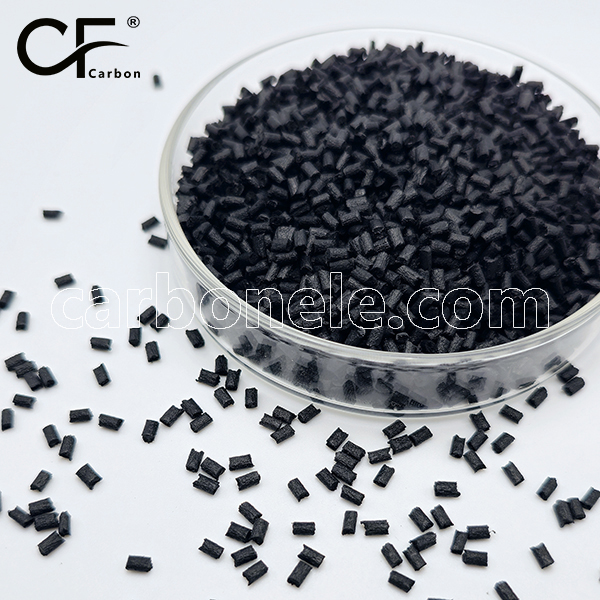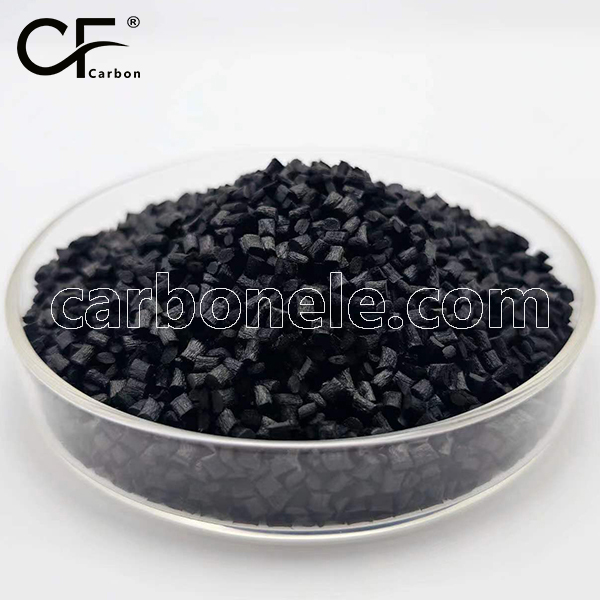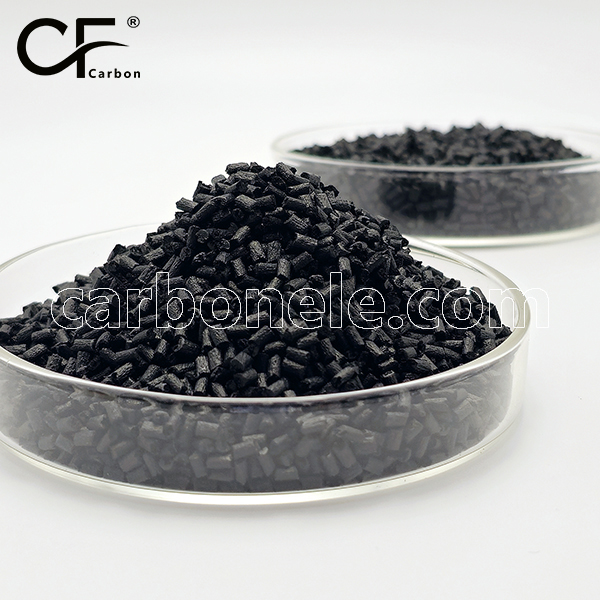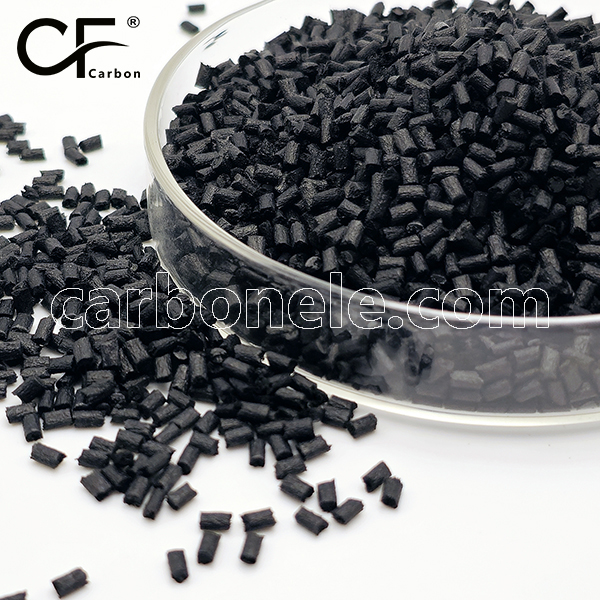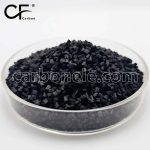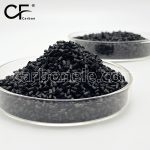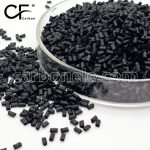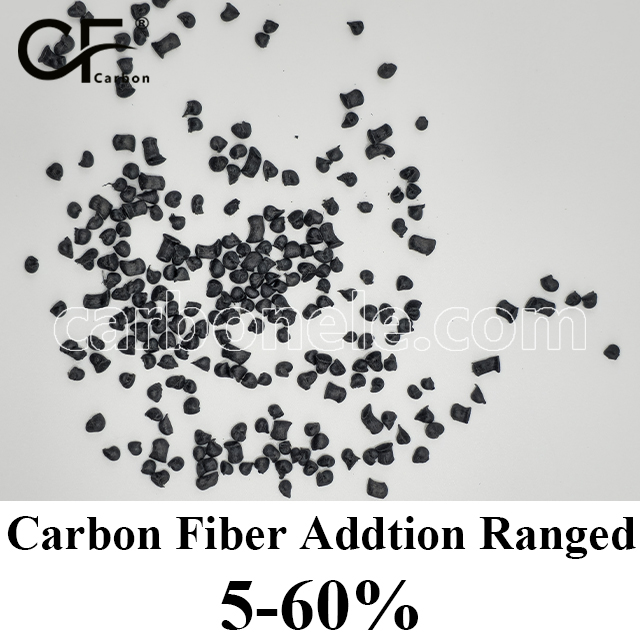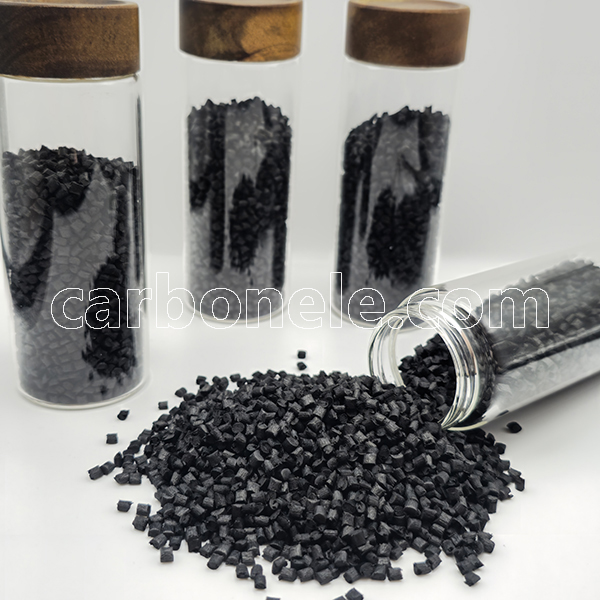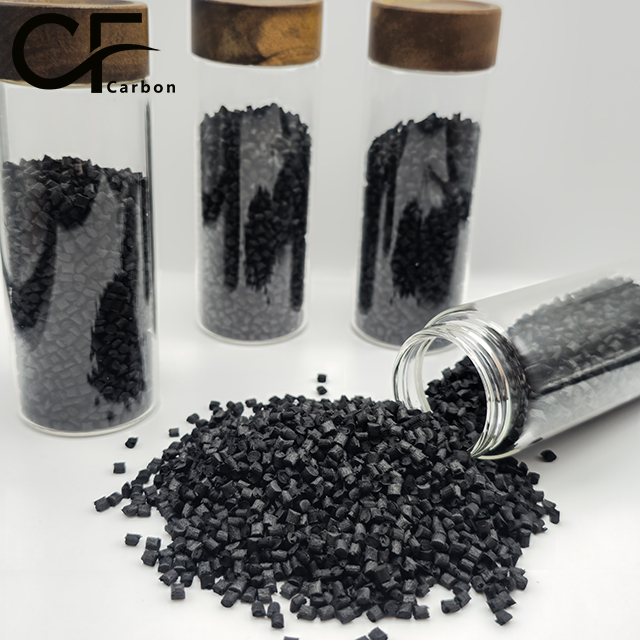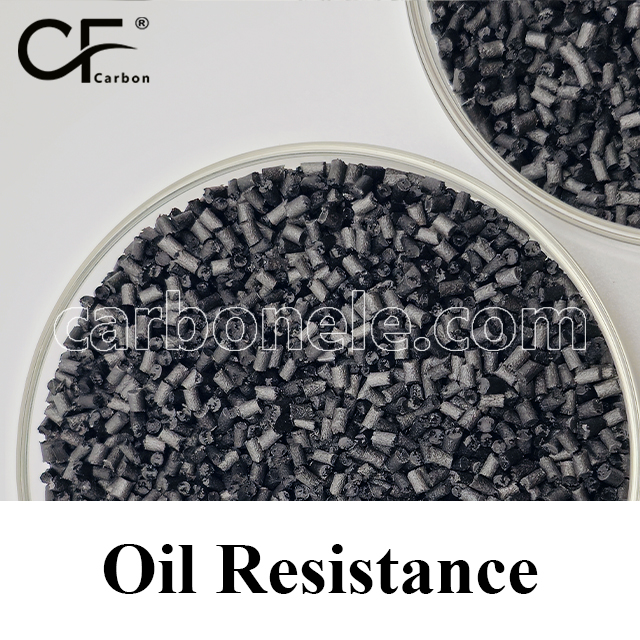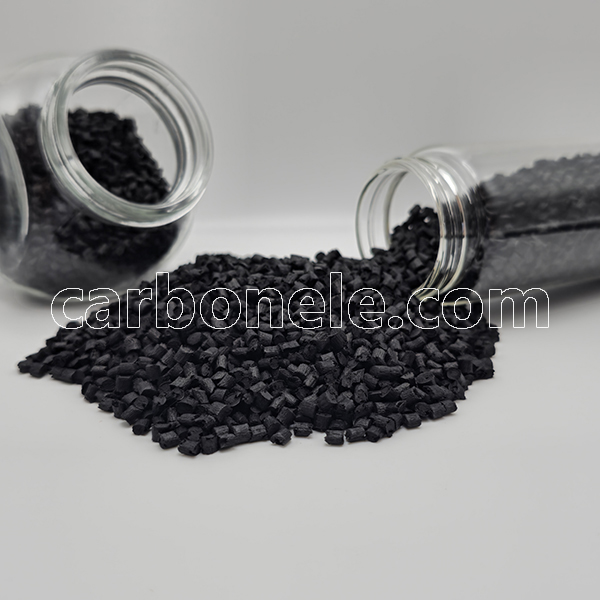
High Strength PA6 CF30 Pellet Materials for Artificial Intelligent Robot Shell
- Manufacturer: Carbon New Material
- OEM/ODM: Acceptable
- Color: Black
- Free Samples: ≤25kgs
- MOQ: 100kgs
- Port: Xiamen
- Model: PP-CF-BCA3
- Fillers: Carbon fiber
High Strength PA6 CF30 Pellet Materials:
1. High Tensile Strength: Withstands large pulling forces without breaking.
2. Excellent Impact Resistance: Endures impacts without significant damage.
3. Good Chemical Resistance: Resists corrosion from various chemicals.
4. High Rigidity: Maintains shape under heavy loads.
5. Low Friction Coefficient: Reduces wear during moving parts contact.
6. Good Thermal Stability: Keeps performance in a wide temperature range.
7. Dimensional Stability: Ensures accurate size during and after processing.
High Strength PA6 CF30 Pellet Materials for Artificial Intelligent Robot Shell
High – strength PA6 CF30 pellet materials are an excellent choice for intelligent robot shells, primarily because of their outstanding mechanical performance. The combination of PA6 with 30% carbon fiber reinforcement results in high strength and rigidity. This enables the shell to safeguard internal components like circuit boards and sensors from mechanical impacts during normal operation, transportation, or accidental collisions. The high rigidity also ensures the shell maintains its shape, which is vital for proper component alignment and overall structural integrity. Moreover, the material’s good impact resistance can absorb and dissipate impact energy, protecting the delicate internal parts from damage.
PA6 CF30 Pellet Materials offer remarkable advantages. It has excellent dimensional stability, meaning it won’t significantly change shape due to temperature, humidity, or stress variations. This guarantees a precise fit of internal components and consistent robot performance. Additionally, the low – friction characteristic reduces wear and tear between moving parts in contact with the shell and allows for smoother movement of external attachments, enhancing the robot’s efficiency and lifespan.
The chemical and environmental adaptability of the high – strength PA6 CF30 pellet materials further makes them suitable for robot shells. They are resistant to various chemicals, protecting the shell from corrosion and degradation in different application scenarios, whether it’s a household or industrial environment. Also, the material’s thermal stability enables it to maintain its properties within a certain temperature range, preventing warping or loss of strength due to heat generated by internal components, and ensuring the robot functions properly under diverse thermal conditions.
Application of Polyamide 6 (PA6 CF30)
| Application Field | Specific Application Products | Utilized Material Properties |
|---|---|---|
| Aerospace | Aircraft structural components (e.g., wing ribs, fuselage frames) | High strength, rigidity, and good thermal stability for lightweight and durable structures |
| Automotive | Engine components (e.g., engine mounts, intake manifolds), chassis parts | High strength, impact resistance, and chemical resistance for reliable performance |
| Sports Equipment | High-performance bicycles frames, golf club shafts | High strength-to-weight ratio, rigidity, and low friction for enhanced performance |
If you want to buy High Strength PA6 CF30 Pellet Materials for Artificial Intelligent Robot Shell or understand more CF-reinforced thermoplastics (CFRTPs) produced by Carbon Fiber Material, please feel free to contact us at any time.
Read more about CF-reinforced thermoplastic polymers, please click here.
Get to Know Carbon Fibers
Carbon fiber features high strength with its tensile strength exceeding that of many traditional materials, high modulus resulting in little deformation under force, low density making it lightweight, good high-temperature resistance, chemical stability, as well as electrical and thermal conductivity. According to strength, it can be roughly divided into general-purpose types (T300 grade), high-strength types (T700 and T800 grades), and ultra-high-strength types (T1000 grade and above), each having different application focuses.
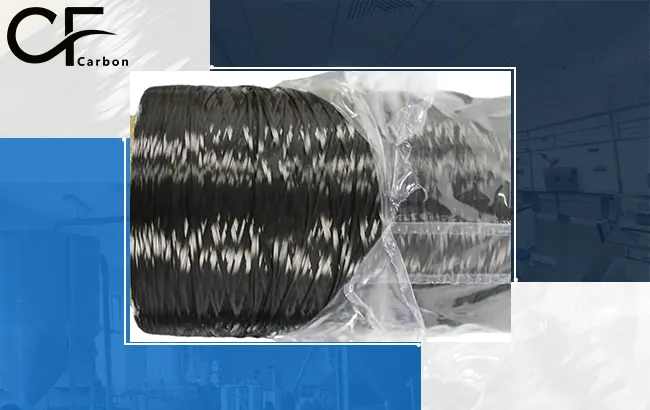
Why Choose Us?
Carbon (Xiamen) New Material Co., Ltd. stands out for its expertise in CFRTPs. We possess cutting-edge tech, ensuring top-notch product quality. Our dedicated team offers personalized service and strict quality checks. Choose us for reliable materials and a seamless cooperation experience.

How to Buy?
If you want to obtain information such as product specifications, performance, and price, choose a suitable product according to your own needs. Meanwhile, you can ask the manufacturer to provide samples for testing to ensure that the material meets your usage requirements. If you are interested in purchasing this composite material, please contact the manufacturer Carbon (Xiamen) New Material directly.
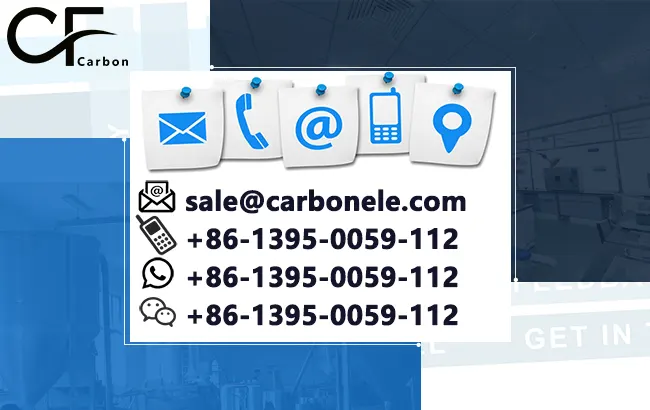
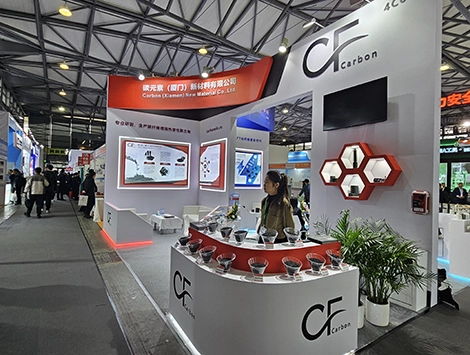

Frequently Asked Questions
Carbon (Xiamen) New Material Co., Ltd. aims to provide buyers with "one-stop" worry-free high-quality services. Here you can find all information about carbon fiber engineering plastics. If you still have questions, please send us an email for consultation!
-
How can I contact the manufacturer of a product that interests me?
When you find a product you are interested in, you can contact the manufacturer directly by sending an email and we will get back to you as soon as possible.
-
How do I find the products that interest me?
All you need to do is enter the keyword, product name in the search window and press the Enter key on your keyboard. Your search results page will then be displayed. You can also search within the product category pages on the home page. Each category is divided into subcategories, allowing you to refine your search and find products that interest you.
-
Where will I find a buying guide?
Please contact our after-sales service directly and we will provide you with a comprehensive operating guide.
-
What are CF Reinforced Thermoplastic Composites?
CF Reinforced Thermoplastic Composites are materials where carbon fibers are incorporated into a thermoplastic matrix. They combine the strength and stiffness of carbon fibers with the processability and recyclability of thermoplastics. For instance, they are used in automotive parts like bumper beams.
-
What are the benefits of CF Reinforced Thermoplastic Composites over traditional composites?
The key benefits include faster production cycles, easier recyclability, and better impact resistance. They also offer design flexibility. An example is in the manufacturing of consumer electronics casings where complex shapes can be achieved more easily.
-
How are CF Reinforced Thermoplastic Composites processed?
Common processing methods include injection molding, extrusion, and compression molding. Injection molding is widely used for mass production. For example, in the production of small components for the medical industry.
-
What industries use CF Reinforced Thermoplastic Composites?
They are utilized in aerospace, automotive, medical, and sports equipment industries. In aerospace, they can be found in interior components. In the medical field, they might be used in prosthetics.
-
How does the carbon fiber content affect the properties of the composites?
Higher carbon fiber content generally leads to increased strength and stiffness but may reduce ductility. A moderate content is often balanced for specific applications. For example, a higher content might be preferred in structural parts of a race car.
-
What are the challenges in using CF Reinforced Thermoplastic Composites?
Challenges include higher material costs, complex processing equipment requirements, and ensuring uniform fiber dispersion. Issues with adhesion between the fibers and the matrix can also arise. An example is in achieving consistent quality in large-scale production.








